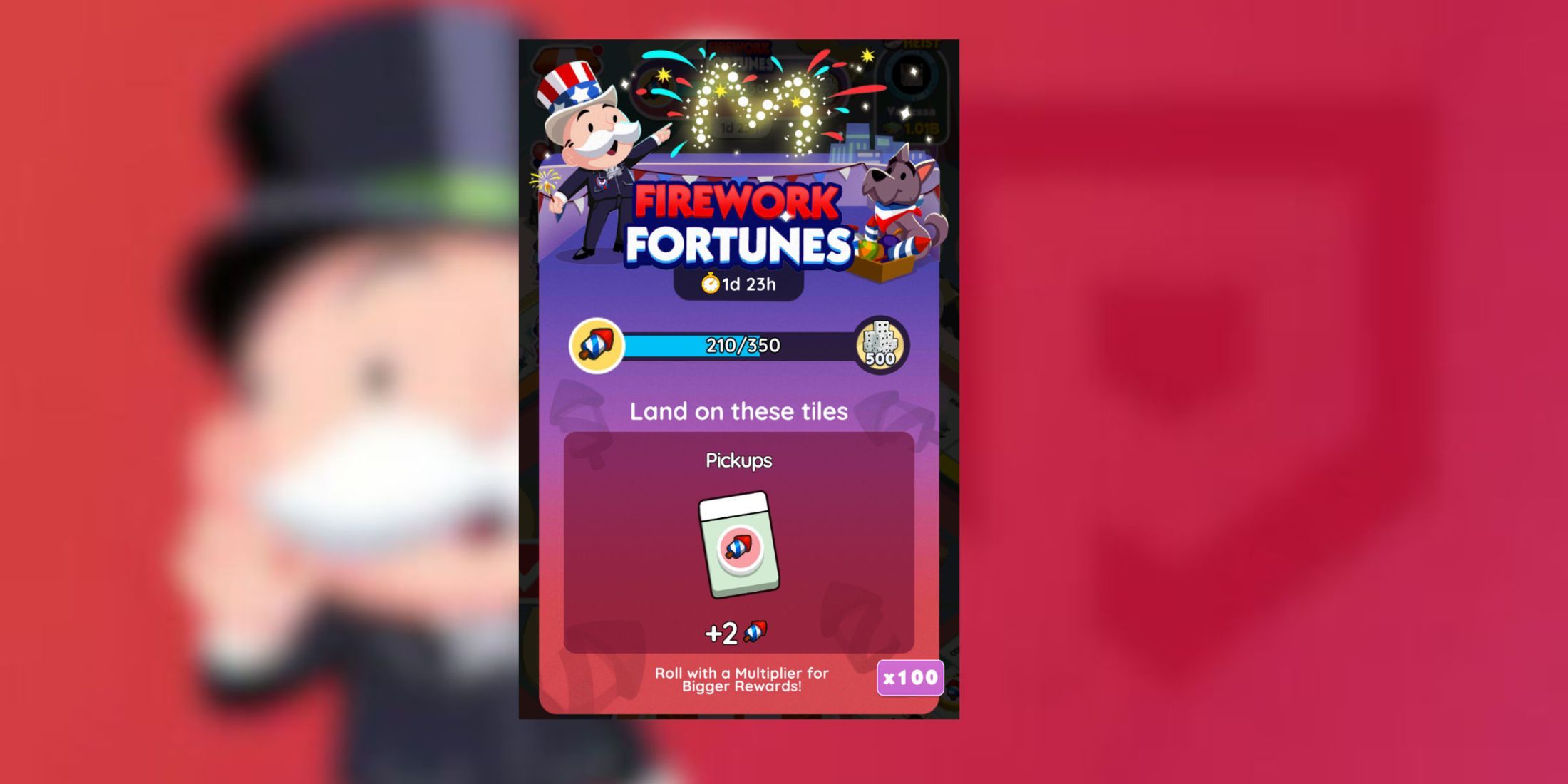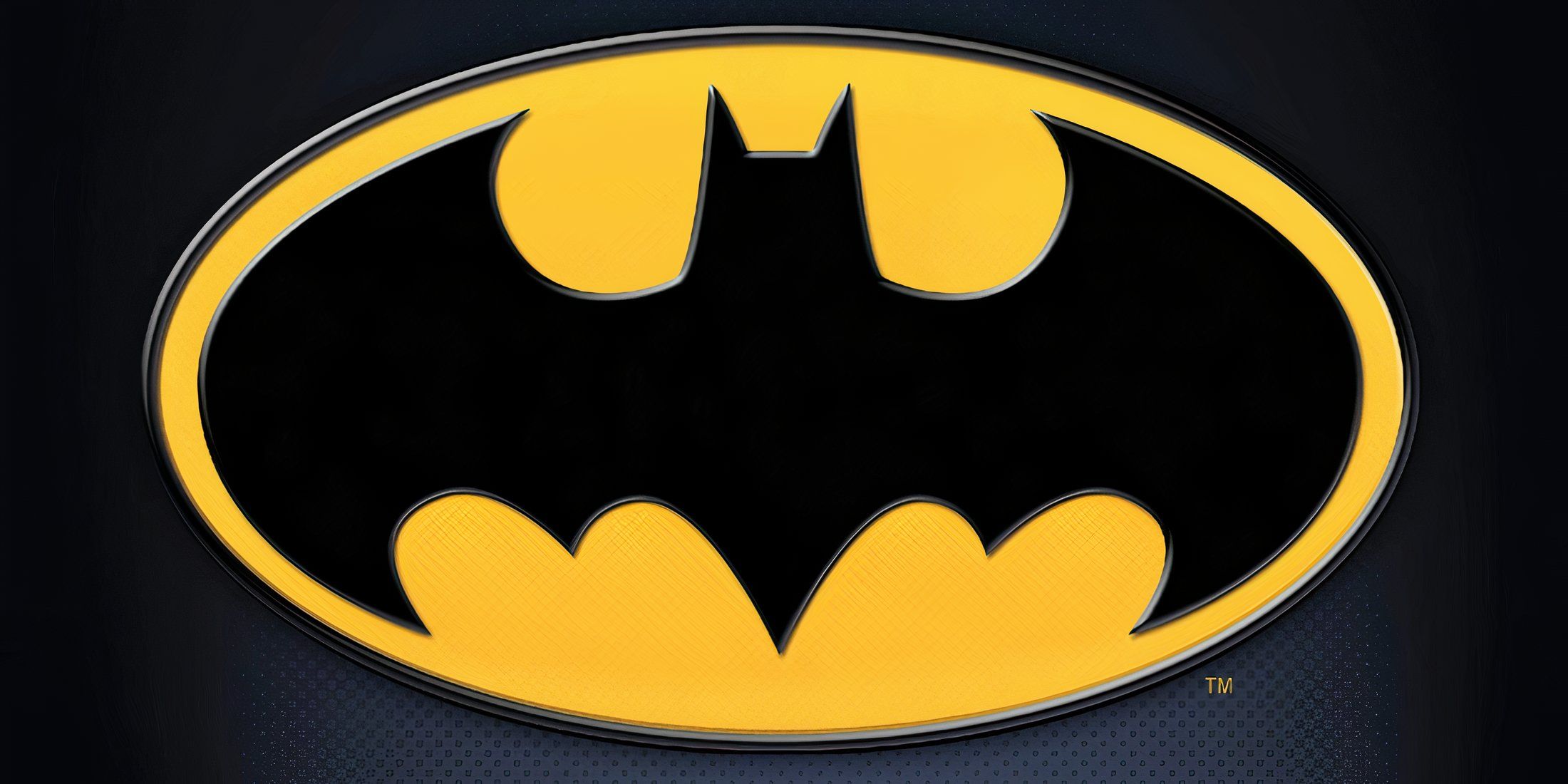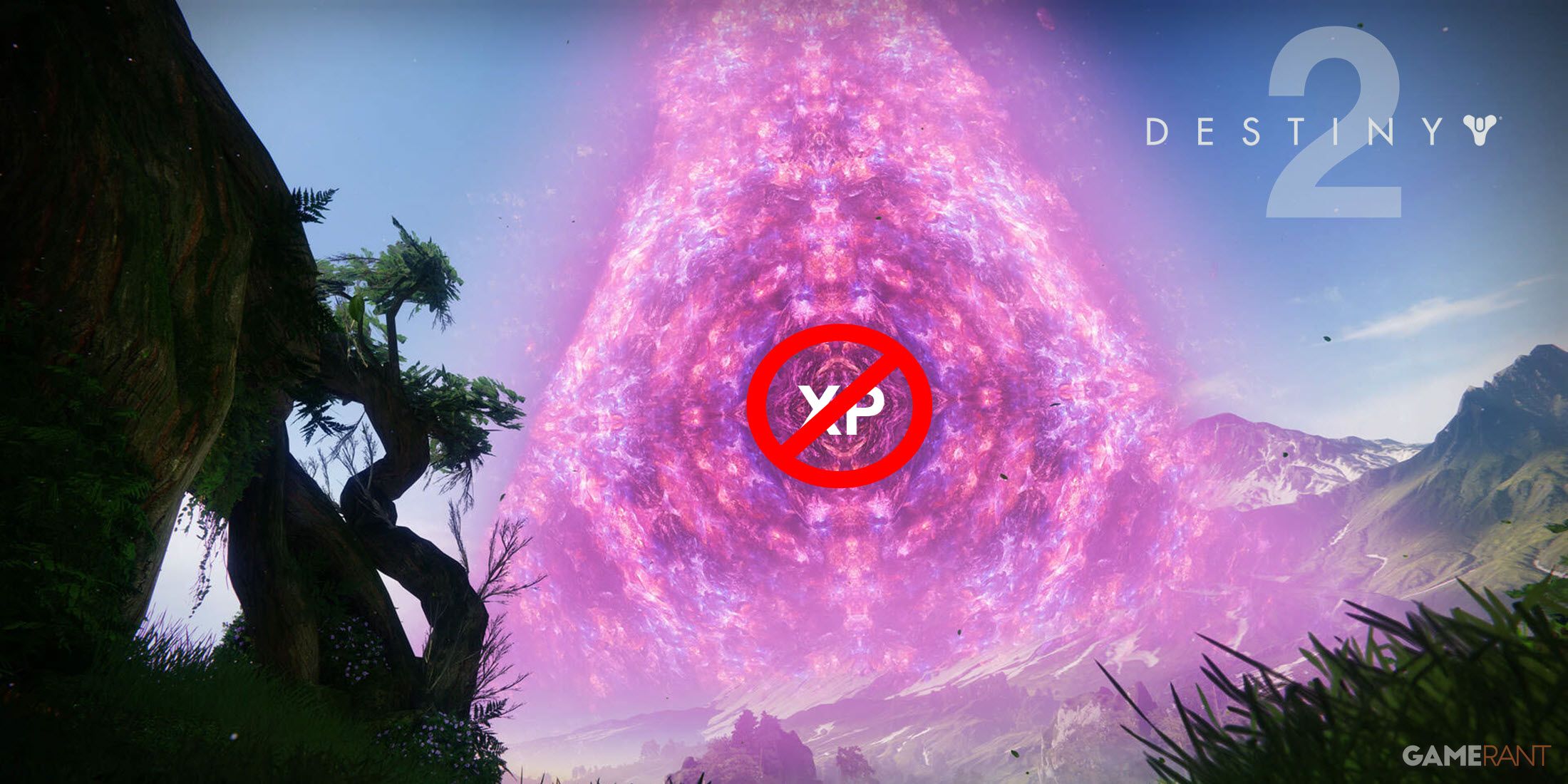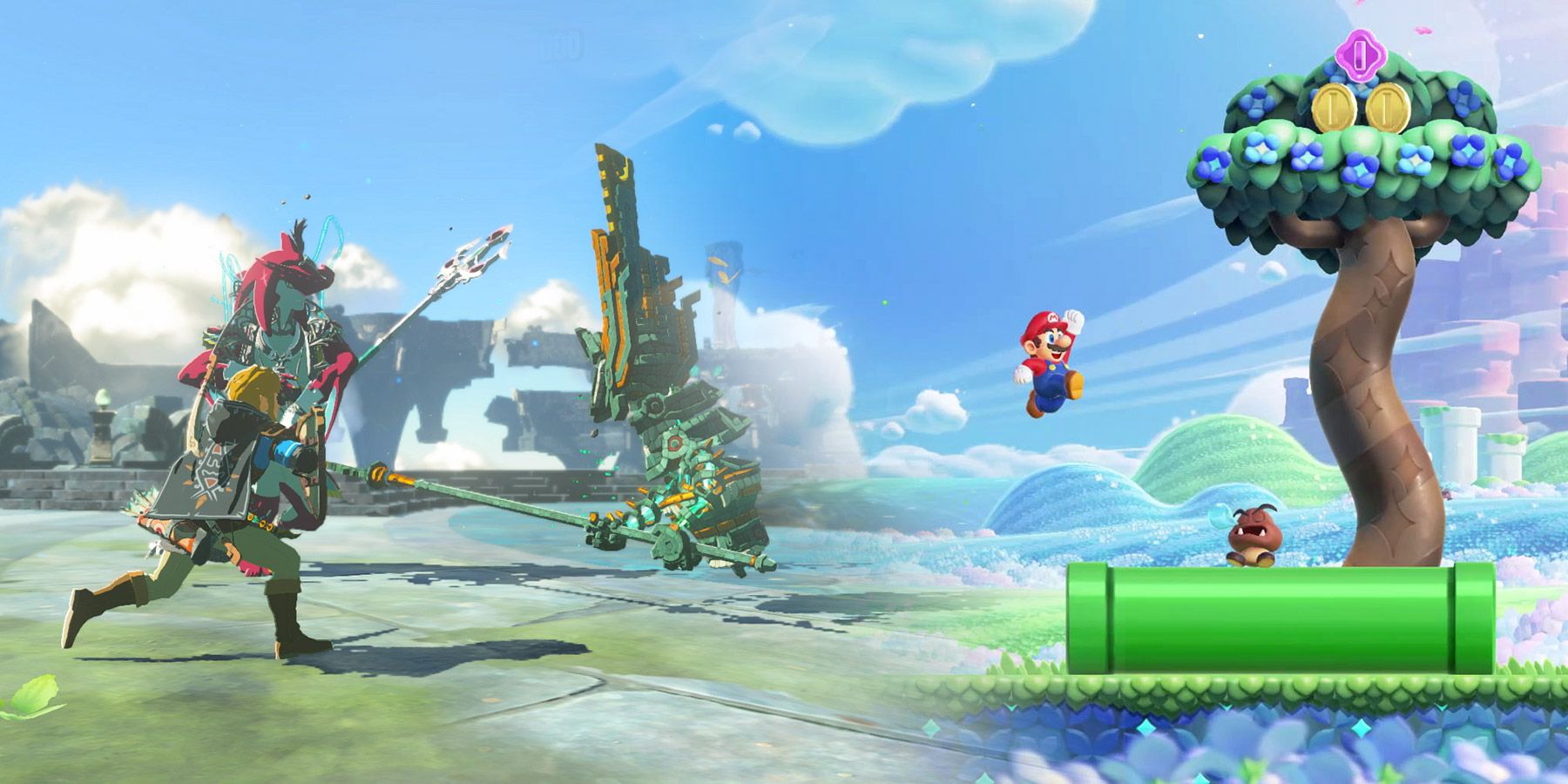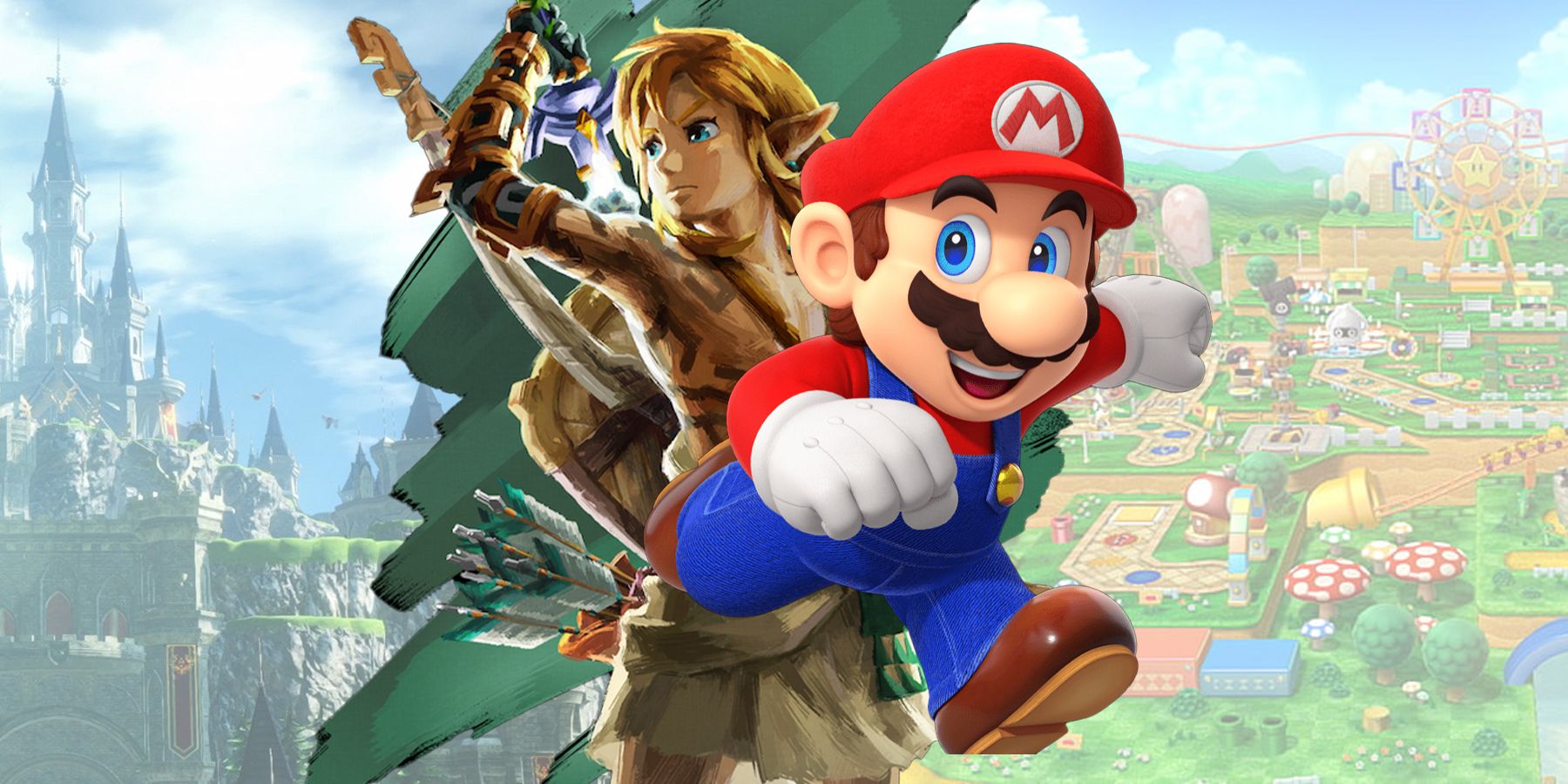With over 50 years' worth of experience in the video game industry, it's only natural that Nintendo has amassed more than its fair share of popular franchises over the years. Over the course of five decades, Nintendo has seen monumental success in not only the video game landscape, but through merchandising and other external opportunities, and that's where a popular Nintendo series becomes a true franchise, and there have been plenty of them of over the years, with the best remaining long-term staples for decades. And by far two of Nintendo's popular franchises are Super Mario and The Legend of Zelda.
Debuting just one year apart in 1985 and 1986 respectively, the Super Mario series was the Nintendo Entertainment System's first killer app, and The Legend of Zelda closely followed it, both showing the versatility of a home console. The years have been kind to both Super Mario and Zelda, and the two remain more popular than ever before, with two huge releases for both franchises dropping in 2023. But this is far from the first time that Nintendo has delivered a Mario + Zelda 1-2 punch.
The Complete History of Mario + Zelda 1-2 Punches
The very first Mario + Zelda 1-2 punch happened all the way back in 1986. The first Legend of Zelda released in February 1986, and the Japan-exclusive Super Mario Bros.: The Lost Levels, also known as Super Mario Bros. 2 in Japan, released in June. While most of these specified release dates will be when the games first released in Japan, the dates do start to merge much closer together by the mid-2000s, and eventually become the same by the 2010s.
After 1986, there's quite a big break in the Mario + Zelda 1-2 punch cycle. Instead, the two Nintendo franchises fall into an alternating pattern, with a bunch of Super Mario games releasing, and then in the year or two break, a Zelda game comes in between them. This cycle continues until 2002, when the very first Mario + Zelda 1-2-3 punch happens, which happens a few times over the next decade or so. 2002 saw Super Mario Sunshine release in July, and both Zelda: Four Swords and Zelda: Wind Waker drop in December, being a huge year for both franchises.
In 2006, New Super Mario Bros. released on Nintendo DS in May, and Zelda: Twilight Princess dropped in November. Just a year later, both Phantom Hourglass and Super Mario Galaxy released. From here on out, Nintendo's Mario + Zelda 1-2 punch cycle starts to happen like clockwork, occurring every two years. 2009 saw New Super Mario Bros. Wii release in November, and Zelda: Spirit Tracks release just a month later. 2011 saw another three titles release, with Zelda: Ocarina of Time 3D in June, and then Super Mario 3D Land and Zelda: Skyward Sword in November.
2013 saw the criminally underrated 3DS-exclusive Zelda: A Link Between Worlds release, and in the same month, Super Mario 3D World dropped, making it a stellar month for 3DS and Wii U users. 2015 saw Zelda: Majora's Mask 3D opening the year, Super Mario Maker dropping in September, and Zelda: Triforce Heroes landing in October. 2017 was potentially the biggest year both franchises ever had, with Zelda: Breath of the Wild knocking it out of the park in March and Super Mario Odyssey coming up to bat in October. Then 2019 saw Super Mario Maker 2 and Zelda: Link's Awakening launch, and 2021 saw both series put out remasters with Bowser's Fury and Zelda: Skyward Sword HD. And to round things out, 2023 has already seen Zelda: Tears of the Kingdom make a gigantic splash, and Super Mario Bros. Wonder is set to give the series its long-awaited triumphant return to 2D in October.

